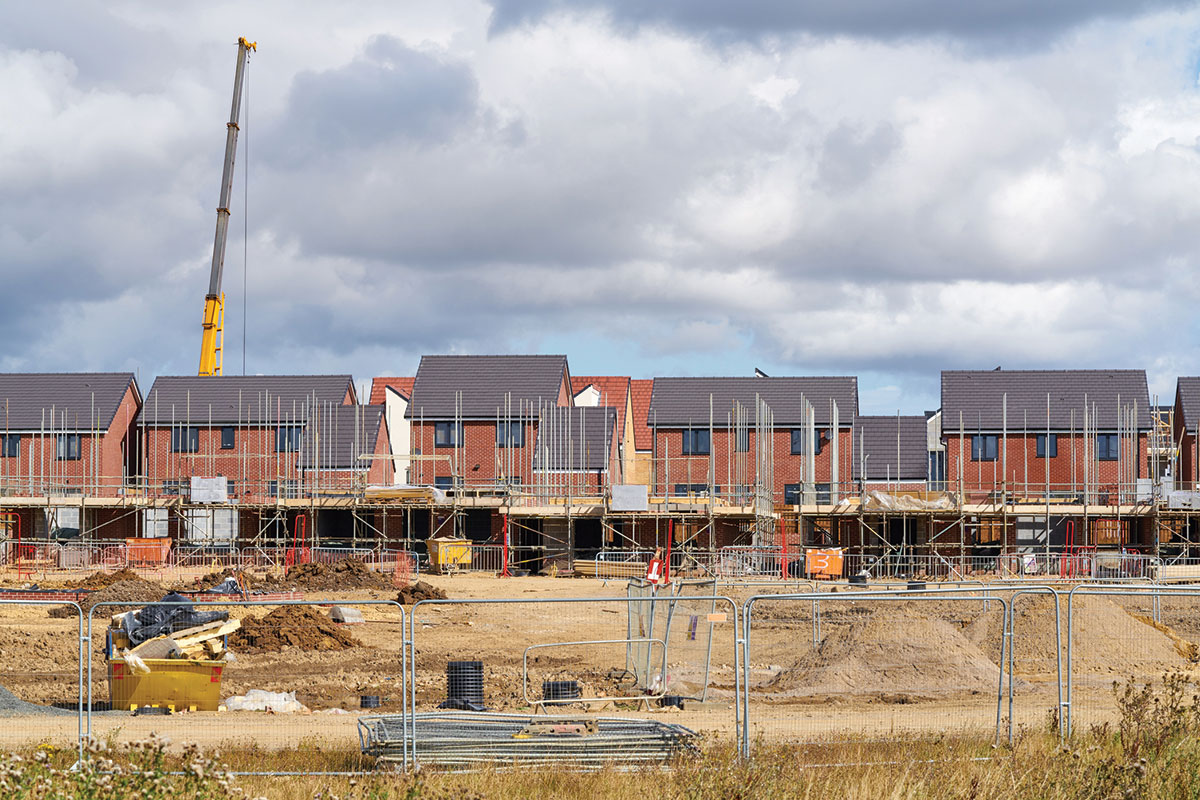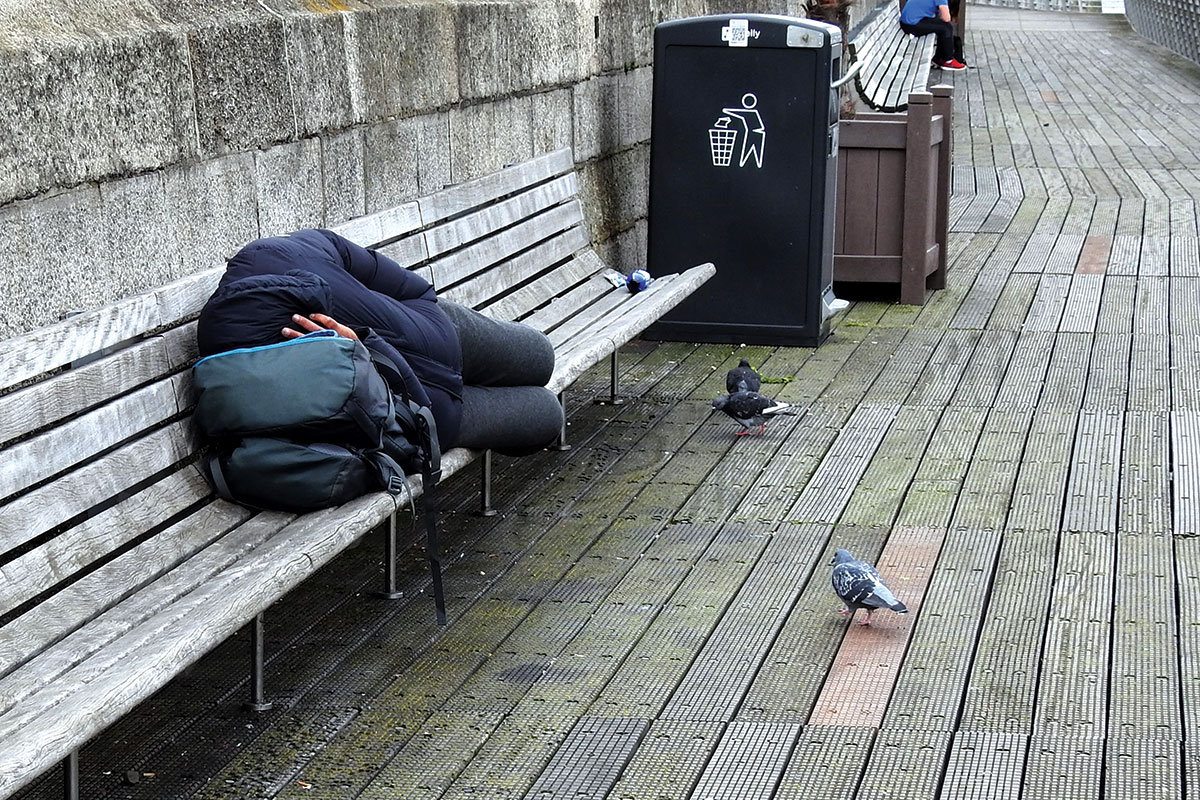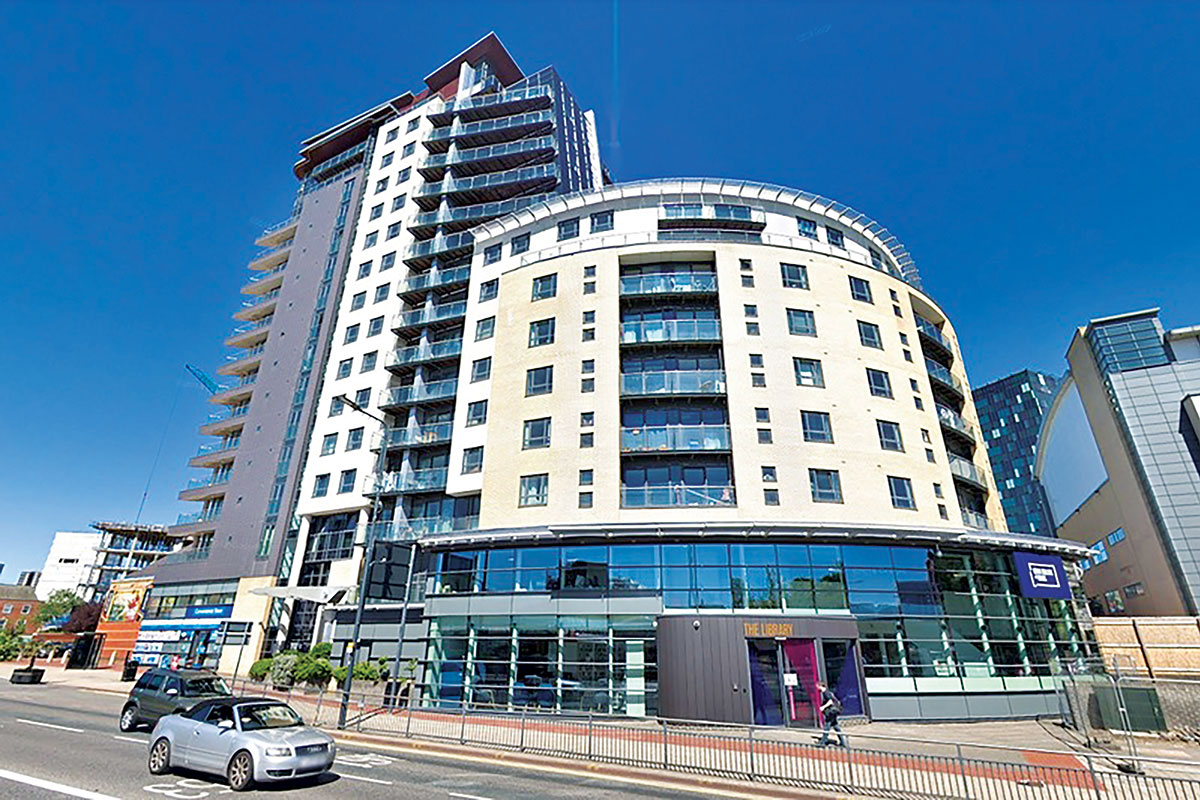You are viewing 1 of your 1 free articles
What the Budget means for housing
Inside Housing delves into the detail of a wide-ranging Budget for the sector. Pictures by Getty and Google Street View
The rapid escalation of the coronavirus crisis poses an enormous challenge to the country and the housing sector and may well render much of what was announced last week irrelevant, or at the very least completely change it.
Nonetheless, we have scoured through the detail to assess what the announcements mean for the sector – and what they don’t.
Up-to-date advice for the sector on coronavirus is available here
Affordable Homes Programme
In February housing secretary Robert Jenrick promised an Affordable Homes Programme that would be more generous than the current £9bn programme.
The announcement in last week’s Budget that over the next five years the grant available for the sector would increase by more than £3bn to £12.2bn was welcomed by most organisations, providing them with certainty over their development pipelines.
The £12.2bn includes £700m of money from the current programme, £2bn of forward-funded strategic partnership money already announced by Theresa May and £9.5bn of new funding.
But while the sums offered excited many chief executives of housing associations, they were keen to know how that money would filter down through the different tenures.
There is a feeling in the sector that after Theresa May attempted to turn the dial back towards funding social rent again, the new government could revert back to the days of David Cameron and George Osborne and focus on affordable rent and affordable homeownership products.
After all, the housing secretary and the prime minister do not hide the fact that they are strong supporters of boosting homeownership numbers.
However, there were positive signs from the day after the Budget, when Mr Jenrick promised more social rent homes in the programme when answering questions in parliament. The scale of that increase on the current paltry figure of just 4% of the 90,000 homes delivered through the programme is crucial, though.
But there is seemingly a condition to this increase. In the hours after the Budget was given, the Treasury began briefing some in the sector that those homes built through the programme would come with the condition that they were made available for tenants to buy through shared ownership.
The right to shared ownership plan, first announced at the Conservative Party conference last year, will see housing association tenants given the chance to buy a share of their home automatically.
It had seemingly disappeared after it was omitted from the party’s manifesto, but it looks like it is back on the table, with many association bosses worrying what this could mean for their organisations’ ability to borrow against social rent properties.
Homelessness
During his Budget speech, chancellor Rishi Sunak announced that the government would commit an additional £643m to tackling rough sleeping.
Not all of this funding is new; the government already announced it would commit £237m to deliver Housing First-style accommodation for 6,000 rough sleepers late last month.
Of the remaining money announced by the chancellor, £144m will go towards associated support services and £262m for substance misuse treatment. The government no doubt hopes this funding will help it towards its goal of ending rough sleeping within this parliamentary term.
Many in the charity sector will be happy that this funding acknowledges that ending rough sleeping is about more than providing hostel beds, but also requires increased funding for health and support services that have become decimated by years of austerity.
Yet while Mr Sunak’s announcement confirms the government’s commitment to tackling the most acute end of homelessness, the Budget did less to tackle the underlying causes of the problem. Notably missing is any commitment to increase Local Housing Allowance rates to above pre-freeze levels.
The money for rough sleepers will provide little comfort to the thousands of families bringing up their children in temporary accommodation.
PWLB social housing discounts
News that interest rates for councils taking out loans to invest in social housing will be cut by one percentage point wasn’t exactly a major boost for the sector. Instead, the discount reverses the Public Works Loan Board (PWLB) rate hike imposed by the Treasury in October following its alarm at councils using the cheap finance to invest huge sums in commercial property.
The Local Government Association had warned that the rate rise could see building projects cancelled, with Southwark Council alone estimating the rise was set to add up to £9m a year to debt servicing costs associated with its new homes programme.
As one local government figure put it last week: “It feels like maybe they listened to us.”
The PWLB is local authorities’ main source of finance for capital projects like housebuilding schemes, with town halls putting in place major borrowing programmes to build new homes after the government abolished the Housing Revenue Account (HRA) debt cap in October 2018. PWLB borrowing costs for social housing will now return to 0.8% over gilts – the equivalent cost of government borrowing - which sits at around 1% - following the discount.
Councils in Scotland and Wales will be eligible, and Budget documents appeared to indicate that the
discount will apply to borrowing through the HRA – meaning it is good for investment in existing homes as well as new build. A government consultation has been launched on PWLB reforms aimed at curbing riskier investment projects.
Building Safety Fund
The Skyline in Leeds was told to remove its dangerous cladding by the fire service
The announcement of a £1bn Building Safety Fund was a welcome and surprise addition to the Budget. However, the actual impact for the social housing sector may be minimal and there remain some big questions to answer.
The government clearly intends this funding to unlock cases where either the work would not be going ahead without it or leaseholders would be left on the hook for huge bills.
It made this clear in the announcement that accompanied the release, which said it expects social landlords that are funding the work themselves “to continue with this action” in order to “prioritise this funding on those who cannot afford the cost”.
There is a legitimate reason for doing this, but it does appear to mean most social landlords will simply continue to pick up the cost. This has implications for the amount that can be invested elsewhere, particularly in new build.
Second, while the new funding takes the belated but necessary step of removing the restriction on non-aluminium composite material (ACM) buildings, it continues to bar buildings below 18m tall from applying.
This is a serious gap: there are evidently buildings below this height threshold that require urgent work and where residents are being required to pay.
It also means there is an incoherence in government policy, with advice notes ordering the remediation of these blocks but funding refusing to support it.
Dr Jonathan Evans, chief executive of Ash & Lacy, says the government must develop a means of prioritising risk so it can determine which buildings below 18m require remediation and which do not.
Even if the fund is limited to buildings above 18m, there is still likely to be some prioritisation required: £1bn will not pay for every inch of removal from what could be thousands of towers.
Further, a much-hyped announcement of a £200m fund last May for the remediation of ACM buildings has been glacial when it comes to actually getting cladding off towers. The application and approvals process has been tortuously slow, with only a handful of buildings so far approved for funding.
Hilary Benn, the Labour MP for Leeds, who has been campaigning on cladding issues, told Inside Housing that he would continue to put pressure on government to ensure this fund did not repeat those mistakes.
Coronavirus
With the coronavirus emergency promising to wreak havoc not only on the population’s health but also the country’s economy, the Budget was expectedly dominated by new funds aimed at helping to support people and the economy throughout the outbreak.
As part of the £12bn to respond to the impact of the disease, it will create a £500m hardship fund for local authorities to deal with the fall-out.
Those who do not qualify for sick pay will automatically qualify for the benefit, with those on Contributory Employment and Support Allowance able to claim from day one, instead of day eight.
The minimum income floor for those who will be able to claim for Universal Credit will be scrapped for those who are self-employed, while nobody will be made to physically visit a job centre. This was a move welcomed by Mark Perry, chief executive at Vivid, who said that it was a good move by the government to support the most vulnerable.
There was also a lot of support for businesses. At companies with fewer than 250 employees, statutory sick pay costs for those who are off work because of the disease are being met by the government.
But despite the funding channelled towards tackling coronavirus, housing associations will be preparing for some major shocks as people struggle to pay rents and staff become ill or are forced to self-isolate.
Sign up for our daily newsletter
Already have an account? Click here to manage your newsletters













